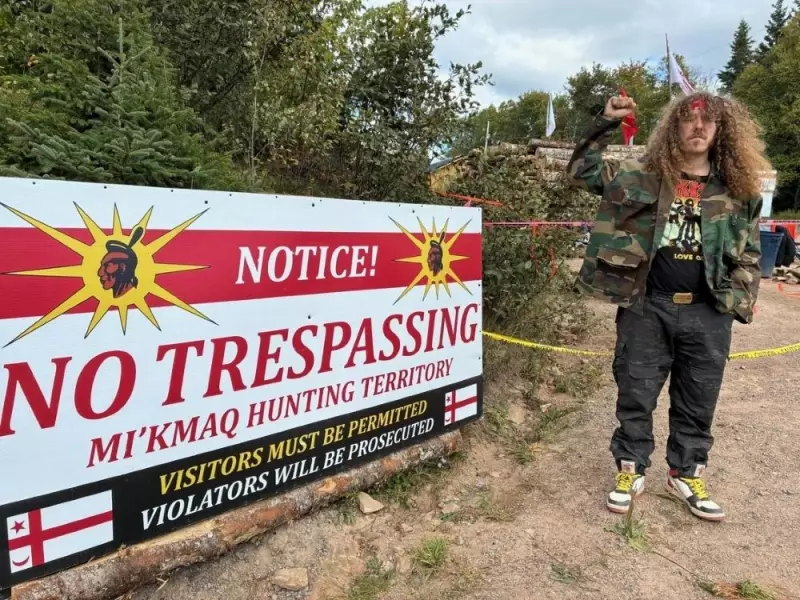
A seismic shift is underway in Canada's approach to Indigenous land rights, and according to recent analysis, the time for polite avoidance is over. The nation stands at a critical crossroads where acknowledging Indigenous sovereignty isn't just morally right—it's becoming legally and practically unavoidable.
The Uncomfortable Truth About Traditional Territories
For decades, Canada has operated under a system that often treated Indigenous land rights as secondary concerns. However, this approach is increasingly colliding with reality. From coast to coast to coast, Indigenous communities are asserting their rights to traditional territories with growing legal success and political determination.
The evidence is mounting: court decisions, treaty interpretations, and international pressure are creating a new landscape where Indigenous sovereignty can no longer be sidelined in development discussions or government planning.
Why the Old Model Is Failing
The traditional consultation model—where Indigenous communities are brought in as stakeholders rather than rights-holders—is showing its limitations. This approach often treats Indigenous input as a box to check rather than genuine partnership.
The consequences of this failing system are evident:
- Delayed resource projects due to inadequate consultation
- Legal challenges that cost millions and create uncertainty
- Missed economic opportunities for all Canadians
- Continued strain on nation-to-nation relationships
The Path to Meaningful Reconciliation
Moving forward requires more than symbolic gestures. True progress demands structural changes that recognize Indigenous jurisdiction over traditional lands. This means moving beyond consultation toward genuine co-management and shared decision-making.
Several provinces and territories are already demonstrating what this new approach could look like, with innovative agreements that respect Indigenous sovereignty while creating economic certainty for all parties.
What Real Partnership Looks Like
Successful models share common characteristics: early and meaningful Indigenous involvement in planning, revenue sharing arrangements that benefit communities, and recognition of Indigenous knowledge in environmental assessment and land management.
These approaches aren't just good policy—they're becoming necessary for economic development and environmental protection in an increasingly complex legal landscape.
The Economic Imperative
Beyond the moral and legal arguments, there's a compelling economic case for getting land rights right. Projects developed with genuine Indigenous partnership tend to move forward more smoothly, face fewer legal challenges, and create more sustainable benefits for all involved.
As Canada positions itself for future economic growth, getting Indigenous relations right isn't optional—it's essential for national prosperity and international reputation.
The conversation about land rights in Canada has evolved from "if" to "how." The question is no longer whether to recognize Indigenous sovereignty, but how to implement this recognition in ways that benefit all Canadians while respecting the nation's foundational relationships with Indigenous peoples.





